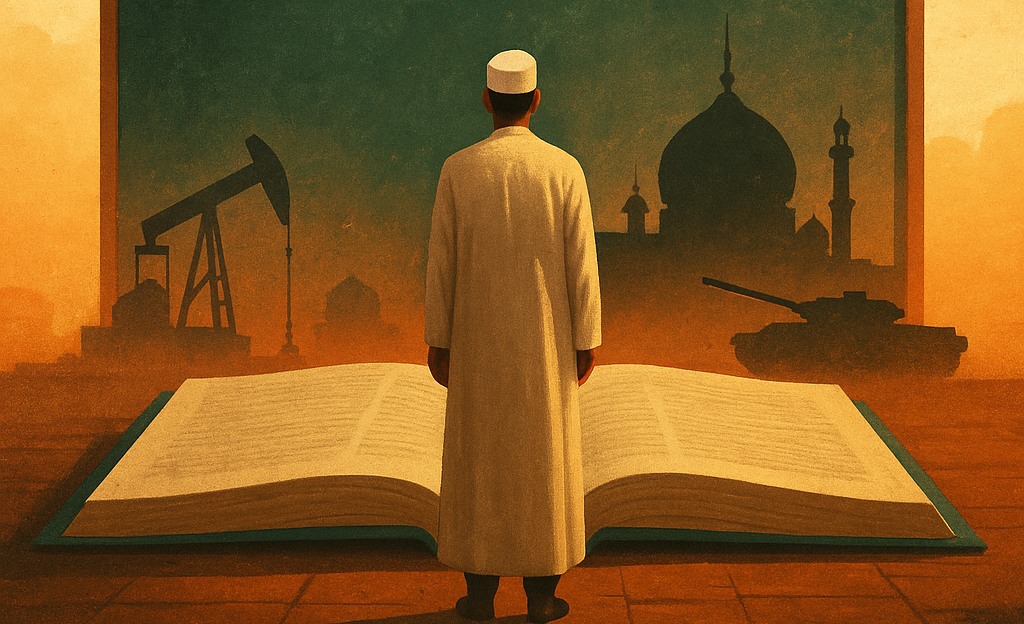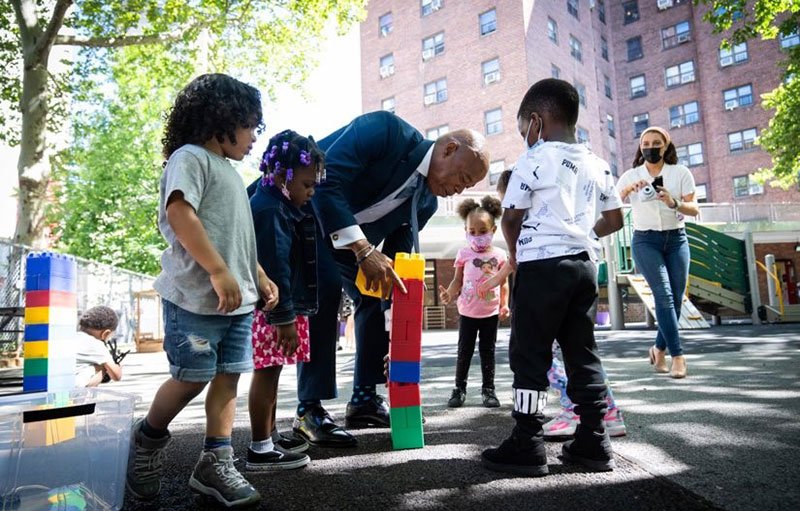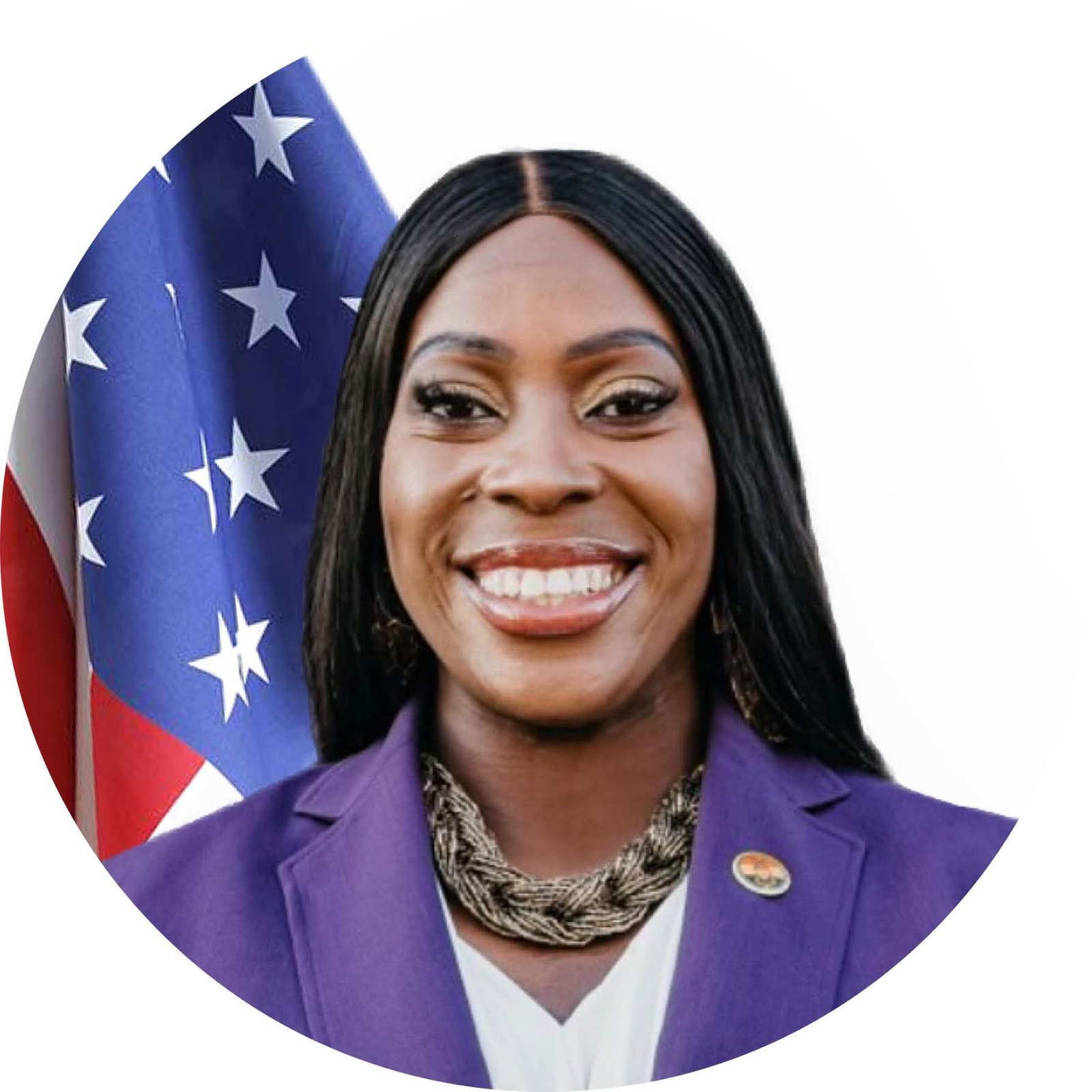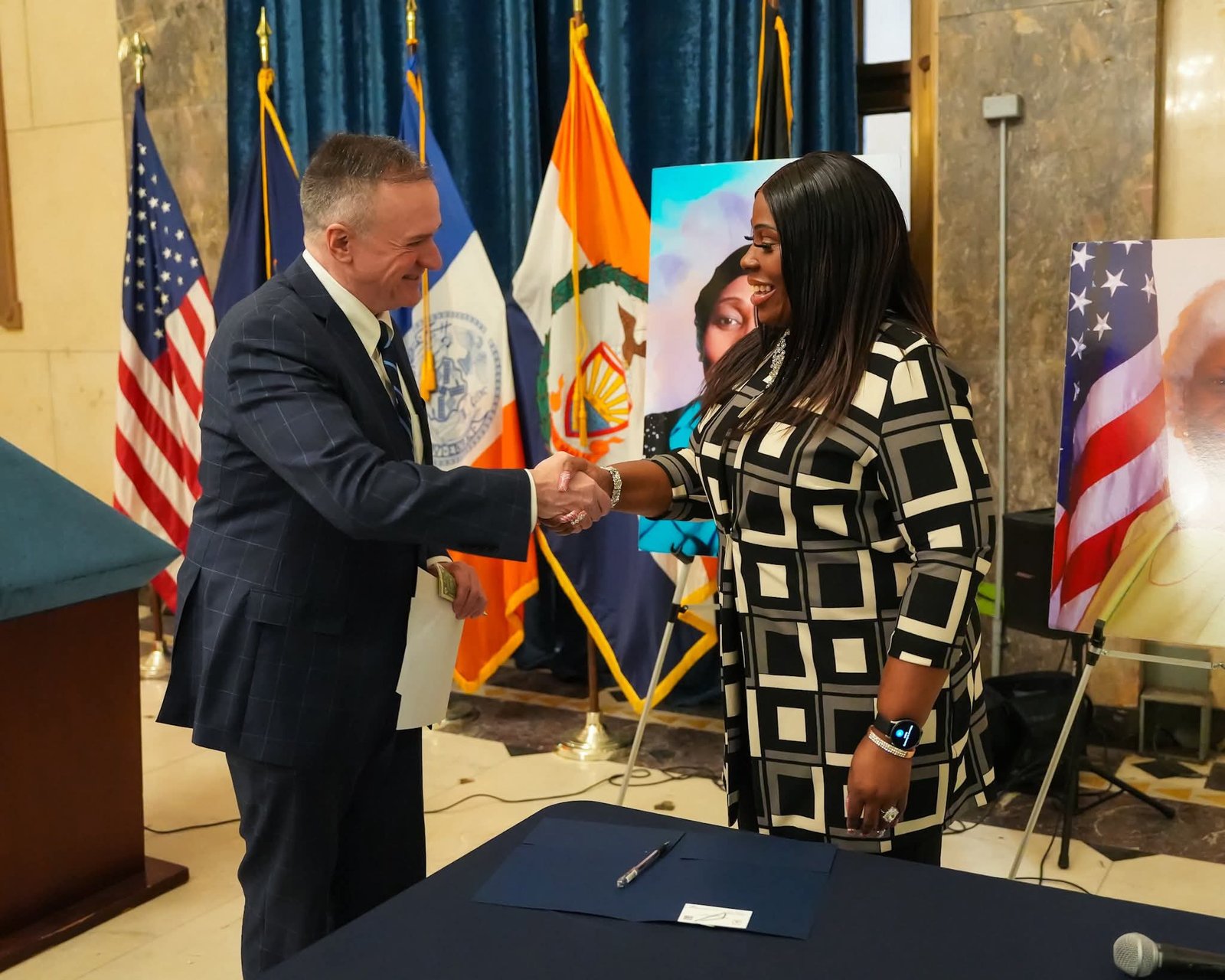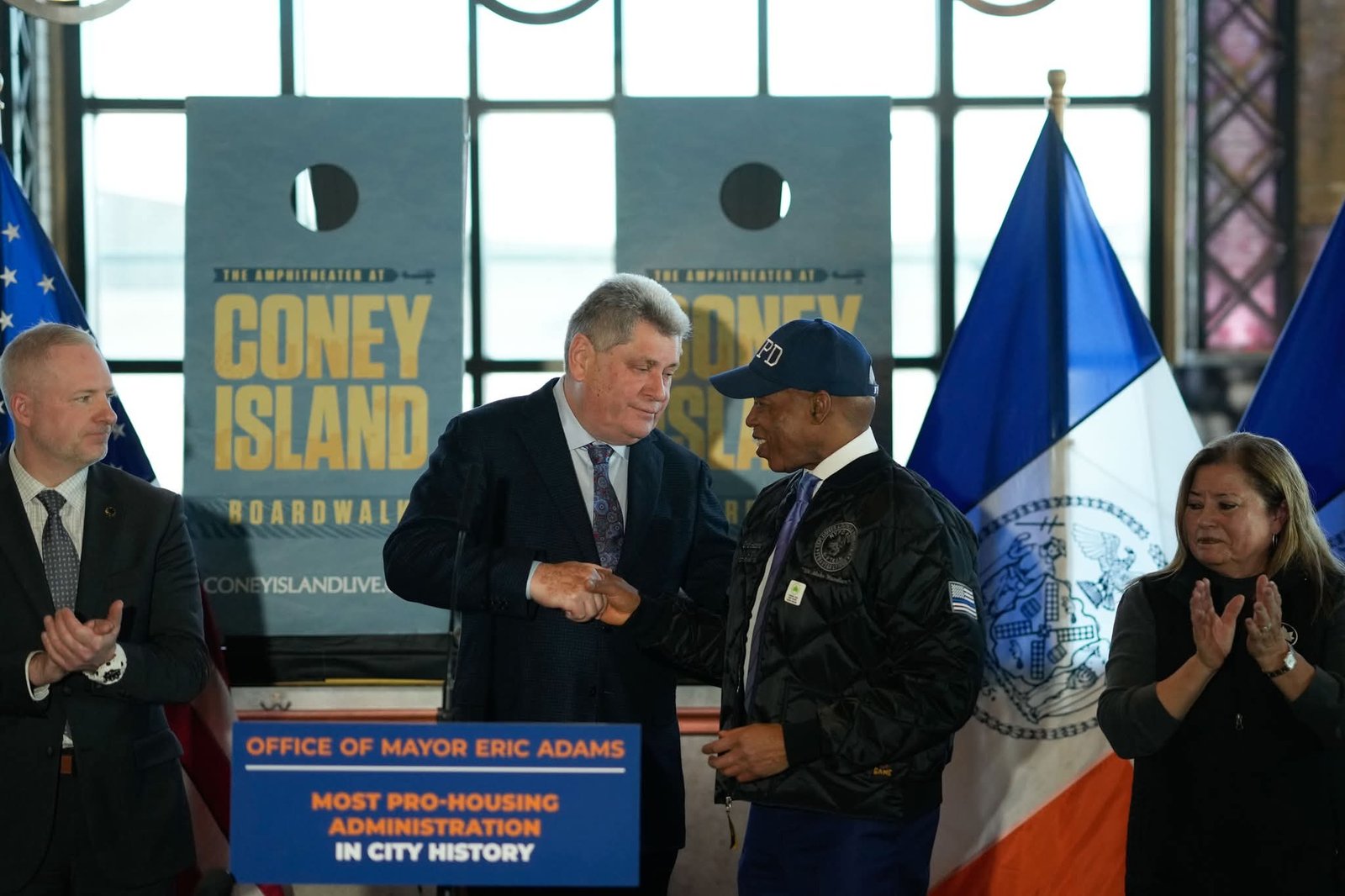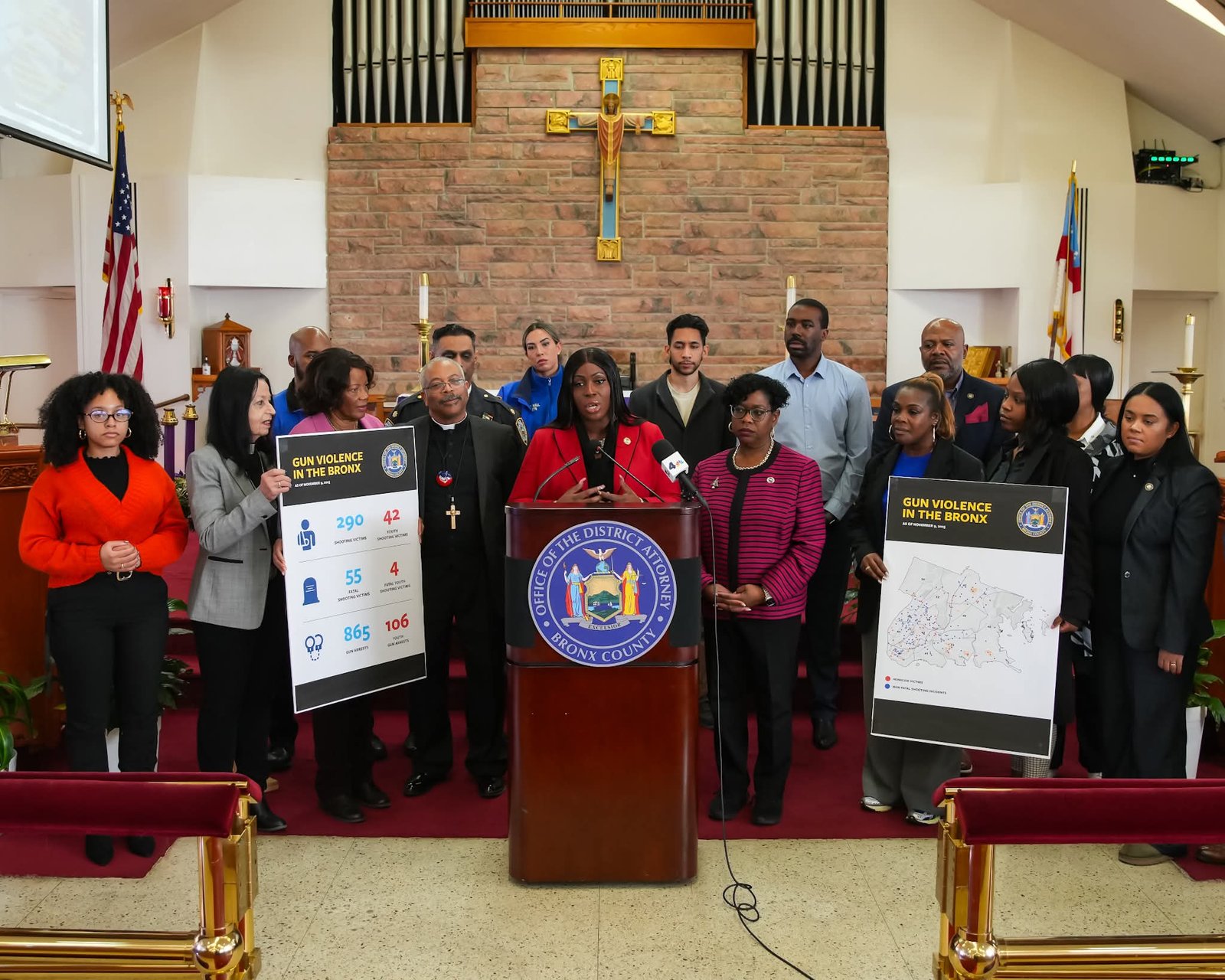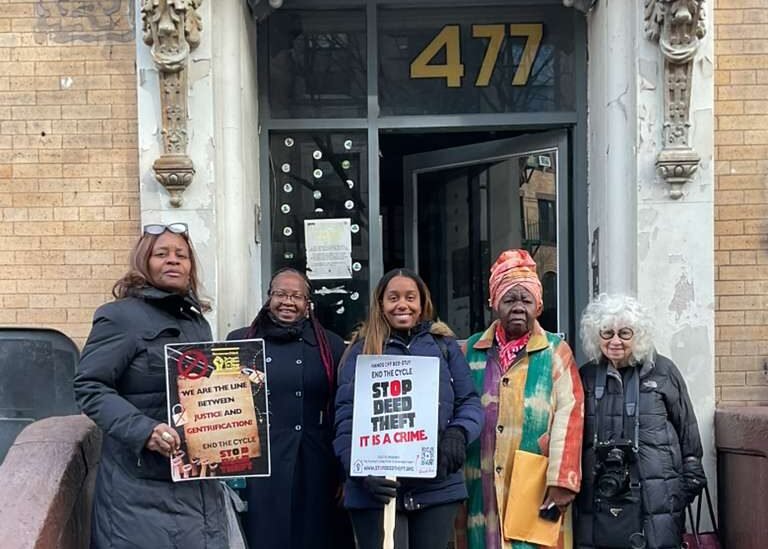
The migrant crisis in New York City has emerged as one of the most pressing issues of our time, igniting debates and concerns that reverberate throughout the community.
As thousands of migrants seek refuge and opportunity in the Big Apple, the city grapples with a multitude of challenges that demand immediate attention.
From declining property values and rising crime rates to financial burdens on taxpayers and political tensions, the ramifications of this crisis are profound and far-reaching.
Also Read: Queens man Alfredo Morocho pleads guilty to exploiting migrant teen in sex trafficking scheme
One of the most noticeable impacts of the migrant influx is the significant decline in property values in once-affluent neighborhoods.
According to a report by Leeroypress, homeowners in multi-million dollar areas are witnessing their investments diminish as demographic shifts alter the fabric of their communities.
The perception of a declining quality of life has led to increased anxiety among residents, who fear that their neighborhoods are becoming less desirable due to these changes.
Compounding these concerns are the rising crime rates linked to the migrant population. Reports from the NYPD have indicated a troubling spike in criminal activity, with some migrants being implicated in serious offenses such as sexual assault, murder, shootings, stabbings, and grand larcenies. Furthermore, sex trafficking and other criminal enterprises have surged, with evidence suggesting that migrant gang members are involved in these illicit activities. This uptick in crime has left many residents feeling unsafe in their own communities, fostering a climate of fear and uncertainty.
Financially, the migrant crisis has placed an enormous burden on New York City taxpayers. The government allocates billions of dollars annually to address the myriad needs associated with this influx, including sheltering, healthcare, and various support services for migrants. While these resources are essential for assisting those in need, they divert funds from other critical city services, exacerbating existing challenges in education, public safety, and infrastructure.
Politically, the migrant crisis has created rifts among local leaders, with some refusing to acknowledge the reality of the situation. While many migrants genuinely seek assistance and a fresh start, a small but disruptive segment is causing chaos on the streets, challenging the narratives of those who wish to downplay the crisis. This divide among politicians and constituents only complicates the search for viable solutions, as differing perspectives lead to ineffective policymaking and implementation.
One of the most troubling aspects of the migrant crisis is the inadequate vetting processes at the borders. The lack of thorough oversight means that individuals who may have exploited vulnerable populations in their home countries can enter New York without proper scrutiny. This situation raises serious concerns about public safety, as these individuals may continue their harmful practices, further endangering both migrants and residents alike.
Denial of the problems stemming from the migrant influx persists among some individuals and politicians, yet the consequences are undeniable. It often takes personal experience—or a direct impact on politicians and their families—for them to confront the realities faced by their constituents. This reluctance to acknowledge the crisis only prolongs the suffering of those affected and stalls the implementation of necessary reforms.
In summary, while there are indeed success stories among migrants who have found the help they needed, the negative consequences of the crisis cannot be overlooked.
It is vital for city leaders to address these challenges head-on, rather than pretending that everything is fine.
Failure to confront the multifaceted issues arising from the migrant influx not only jeopardizes the safety and well-being of New Yorkers but also undermines the very principles of compassion and support that the city prides itself on.
Only through honest dialogue and decisive action can New York City hope to navigate this complex crisis and emerge stronger for all its residents.


